Fighting Fire with Thermal Imaging
New NFPA safety regulations encourage adding thermal imaging technology to crucial maintenance
In 2021, there were 24 “large-loss fires” across the United States, each with damage estimated to be more than $10 million. 20 of these involved structures and resulted in a total property loss of $735.6 million, nearly half of the combined losses for all large-loss fires. Fortunately, these numbers are down significantly from the high in 2018, partly due to improved prevention.
The National Fire Protection Association (NFPA) is a key player in the battle against these kinds of fires. Founded as a self-funded nonprofit organization for fire sprinkler codes in Boston, NFPA has since grown to become the leading global advocate for the elimination of death, injury, property, and economic loss due to fire, electrical, and related hazards.
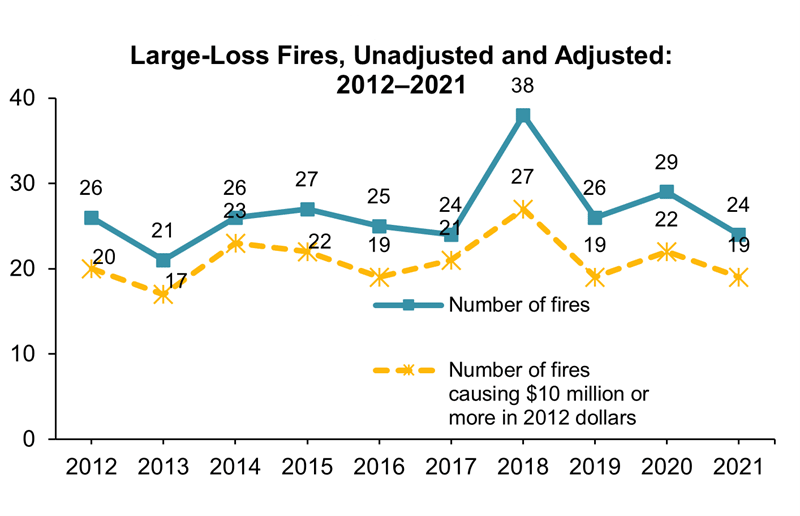
The fire protection principles reflected in NFPA’s codes and standards are considered essential to reducing the occurrence of large-loss fires and explosions in the US. Proper construction, proper use of equipment, and proper procedures can help make fires and explosions less likely and limit fire spread if one occurs.
Every three to five years, NFPA updates 70B, a set of guidelines for creating an effective electrical preventive maintenance program (EMP) commonly used in industrial plants, commercial buildings, and large residential complexes.
A thorough NFPA 70B maintenance regimen can have many benefits, improving the safety, uptime, productivity, and operational costs of building facilities. Until now, this has been about recommended, but optional, practices. In 2023 the NFPA transitioned 70B to a “Standard,” making it mandatory for the development, implementation, and operation of an EMP. The goal is to provide practical safeguards, help protect people, and support more reliable electrical systems. The changes will create new service and maintenance opportunities for many companies, and encourage them to adopt new technologies in the process.
Thermal Imaging in Building Safety Inspection
One of those technologies is thermography, a nondestructive testing technique that measures and maps surface temperatures. The previous NFPA 70B version recommended thermography for outdoor substation, switchgear assemblies, stationary batteries, motor control equipment, busway, and UPS systems. The NFPA now considers thermography as mission-critical to an effective EPM, and so the use of thermal cameras and software is one of the new requirements. The standard requires electrical thermographers to document their inspection findings when performing infrared imaging inspections.
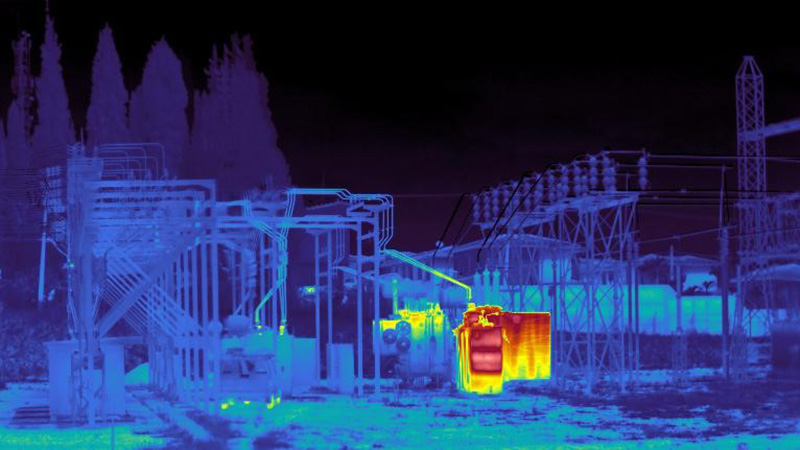
The effectiveness of these inspections depends on capturing consistent and accurate thermal images. The use of thermography equipment is laid out in in section 7.4, “Infrared Thermography,” describing preventative measures that serve as a first line of defense against dangerous conditions in industrial facilities or buildings, and for identifying potentially faulty assets before they fail and possibly cause damage or injury.
Thermal cameras capture and visualize infrared energy emitted by electrical equipment, enabling technicians to identify anomalies that may indicate electrical problems. More specifically, the rules concern the use of thermography equipment for identifying temperature differences, known as “Delta T” or ΔT. The updated guidelines also include requirements for measuring temperature differences between electrical components and the ambient air, as well as between similar components under similar loads.
Electrical inspectors must now also document findings when performing infrared imaging inspections. The rules also require documentation, noting “temperature differences between the area of concern and the reference area shall be documented” in section 7.4.3, which means that compliant thermography equipment should also include analytical functions within the device. The ability to capture ΔT between components and between component and ambient air temperature on both camera and the reporting software is essential for thermography tools that meet NFPA 70B requirements. Those functions may include the use of multiple spot meters, isotherms, and reporting software.
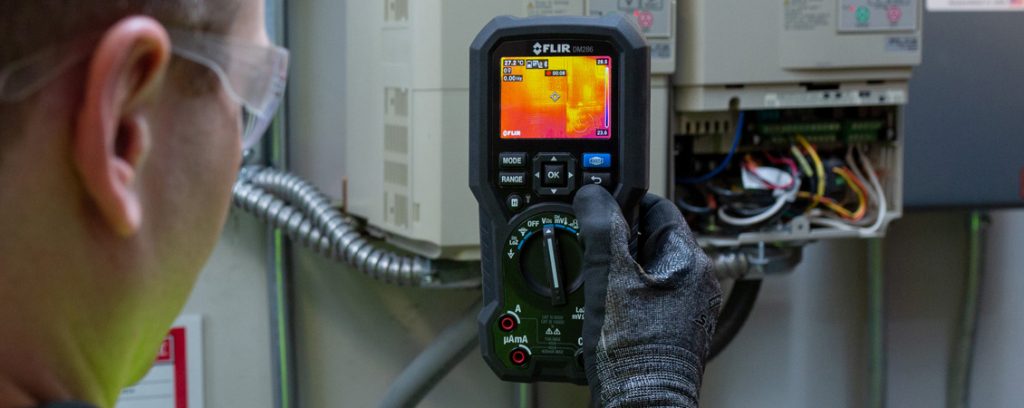
The Future of Thermographic Inspection
More building systems could benefit from thermographic inspection. The NFPA’s work spans more than 300 codes and standards that are used across many industries and types of sites.
Electrical equipment failures, particularly those involving power lines, have been a significant cause of wildfires. In Texas alone, power lines have caused more than 4,000 wildfires in the past three and a half years. In homes, electrical distribution and lighting equipment were involved in an estimated average of 32,620 fires annually from 2015 to 2019. Electrical distribution, lighting, and power transfer equipment accounted for nearly half (49%) of home fires involving electrical failure or malfunction.
When fires do occur, properly maintained fire protection systems and features can keep those fires from becoming large-loss fires. The risks will likely increase — researchers at Columbia University, the University of Idaho, and the University of California, Los Angeles have found that climate change is driving conditions that make fires more intense, more damaging, and more likely to occur.
The best systems today capture videos, which is useful for daytime and nighttime investigations to recognize the changes in temperature. Advances in new building envelope materials and glazing units mean that thermal parameters would need to be regularly updated to ensure accuracy. There are also indications that after an earthquake, structural damage could be monitored with thermal imaging.
The future of thermography will likely involve more specific inspection tools and software to help inspectors adhere to new recommendations and document changes. The application of IRT is expanding, particularly in civil engineering and building energy efficiency, which may influence future regulatory trends. Experts expect thermography regulations to keep evolving with the advancement of technology and the expanding use of infrared thermography (IRT) in so many fields.



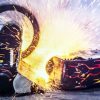 Thermal Imaging of Hot, Hot BattleBots
Thermal Imaging of Hot, Hot BattleBots 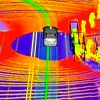 Avoiding bumps on the road: how thermal imaging can improve the safety of autonomous vehicles
Avoiding bumps on the road: how thermal imaging can improve the safety of autonomous vehicles 